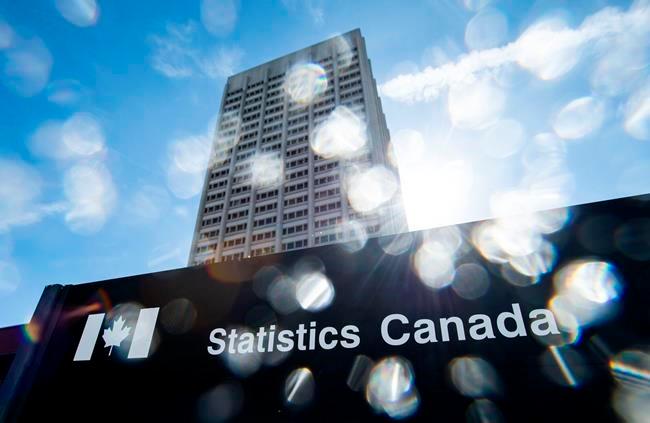A historically high number of immigrants left Canada between 2017 and 2019, a new study that is shining a spotlight on the nation’s long-term retention issues, has discovered.
On average, 0.9 percent of people granted permanent residence in or after 1982 leave Canada each year, a study by the Institute for Canadian Citizenship (ICC) and the Conference Board of Canada has found.





